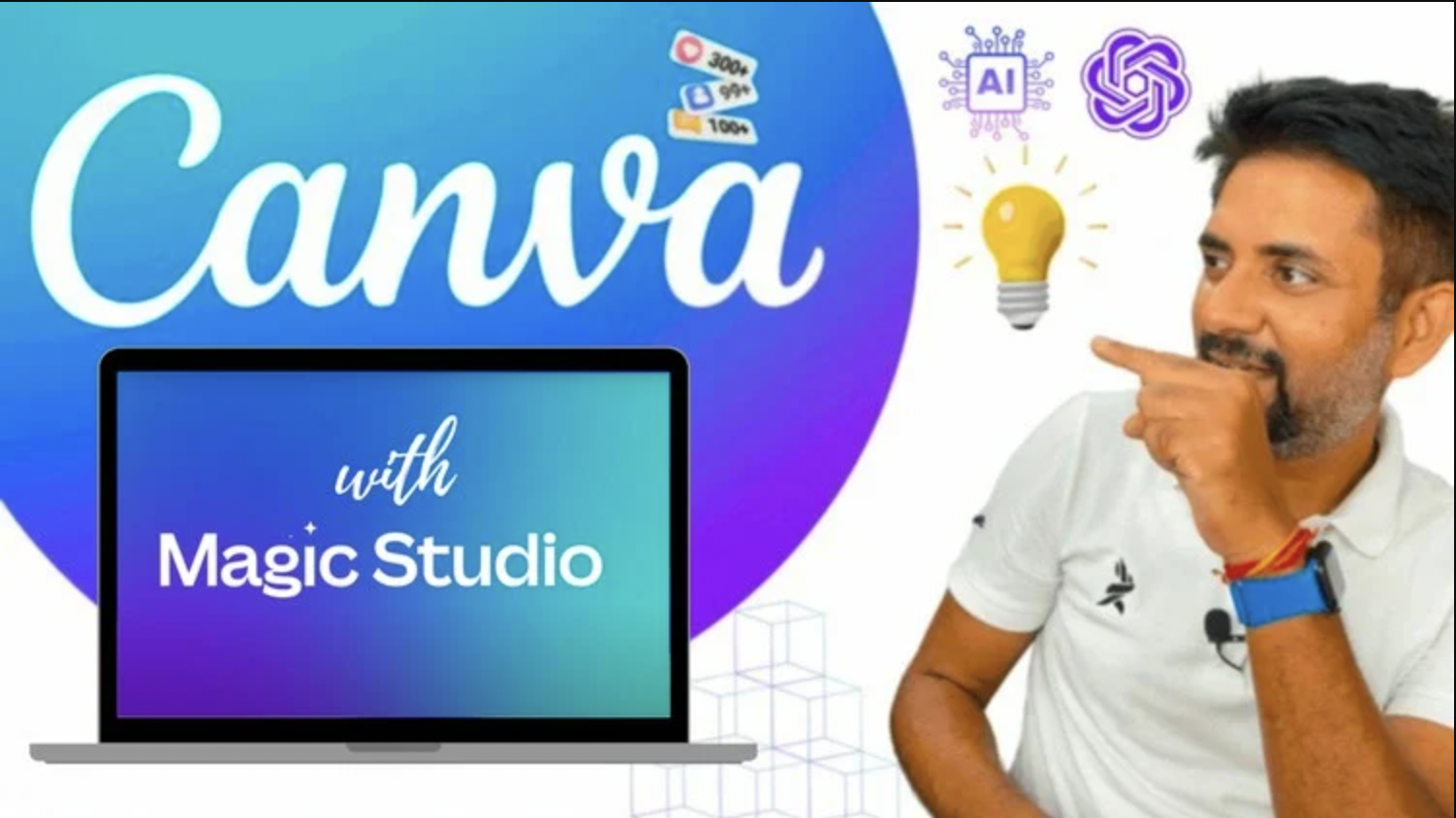
Impress Clients Instantly: How to Create Realistic Mockups in Canva
Stop Sending Flat Designs—Start Selling With Realism
Let’s face it—clients today are visual buyers. No matter how innovative your offer or polished your pitch, if your client can’t see the end result in a tangible way, you risk losing interest—and the deal.
That’s where realistic mockups come in.
Whether you’re a marketing agency owner, a SaaS founder, or a local business looking to grow monthly recurring revenue (MRR), land new clients, or automate lead generation, one thing’s clear: you need a fast, professional way to bring your ideas to life—without hiring a full-blown design team.
Enter Canva.
This powerful, drag-and-drop design tool has evolved far beyond basic presentations. With Canva’s mockup features, you can visualize websites, apps, merchandise, business cards, social media posts, and more—on real-world objects—within minutes.
In this post, we’ll walk you through how to create high-converting, client-ready mockups using Canva, even if you have zero design experience.
Why Realistic Mockups Matter in Your Sales & Marketing Strategy
"A client who sees the value is far more likely to buy the value."
Here’s what mockups help you achieve:
Instant credibility – Show your service in action on real devices or print materials.
Better communication – Align expectations by visualizing deliverables.
Faster approvals – Reduce back-and-forths with tangible visuals.
Higher conversions – Improve client engagement and shorten sales cycles.
Whether you’re selling a landing page, an app UI, or a t-shirt design, mockups take your pitch from “nice idea” to “Where do I sign?”
Getting Started: Canva’s Mockup Features at a Glance
Before we dive into the “how,” let’s take a quick tour of what’s possible.
Canva allows you to:
Upload your own designs
Insert them into smart mockup frames (pre-made devices, packaging, t-shirts, books, etc.)
Customize shadows, backgrounds, and perspectives
Export for web or print
No Photoshop. No learning curve. Just drag, drop, and go.
Step-by-Step: How to Create Realistic Mockups in Canva
Let’s walk through the exact process to create scroll-stopping mockups your clients will love.
Step 1: Start With the Right Template
Go to Canva.com and search for “mockup” in the template section.
Depending on your offer, choose a mockup type:
Laptop or mobile screen (for SaaS apps, websites)
Product packaging (for DTC or retail clients)
Business cards or flyers (for local businesses)
T-shirts and apparel (for eCom brands)
Books or magazines (for content creators or consultants)
Step 2: Upload Your Design
Once you’ve picked a layout:
Click “Uploads” in the left toolbar.
Drag in your JPG, PNG, or PDF design.
Place it onto the smart object or screen area.
Canva automatically fits it into the mockup with the right perspective and shadows.
Step 3: Customize the Background & Add Branding
Your mockup is halfway done—but it’s the background and environment that make it realistic.
Choose a neutral background (wooden table, desk setup, wall, etc.).
Add your client’s logo or brand elements to increase personalization.
Include subtle shadow or lighting effects for extra depth.
Step 4: Add Annotations or Callouts (Optional)
Want to explain a UI or highlight key features?
Use arrows, circles, or text overlays to guide the viewer.
Keep it minimal and professional—less is more.
This is especially useful for SaaS UI mockups, landing pages, and funnel previews.
Step 5: Export Your Mockup
Click “Share” → “Download” and choose your desired format (PNG for web, PDF for pitch decks, JPG for email attachments).
Closing a Client With Canva Mockups
Let’s say you run a marketing agency that builds lead gen funnels for dentists.
Rather than sending a boring wireframe or a long explanation, you send this:
📩 “Hi Dr. Patel, here's a preview of how your new landing page would look on desktop and mobile.”
➡️ [Insert Canva mockup of a dental landing page on an iPhone and laptop screen. Branded and realistic.]
The client now sees the result. No guesswork. They reply with:
💬 “Wow! This looks great. How soon can we start?”
Mockups help you sell the vision—not just the service.
Common Mistakes to Avoid
Overdesigning – Keep it clean and focused on the core product.
Poor image resolution – Always upload high-quality designs.
Generic mockups – Tailor mockups to the client’s brand and audience.
Conclusion: Turn Concepts Into Conversions With Canva Mockups
You don’t need to be a designer to create visuals that wow clients and win business.
With Canva, creating realistic mockups is fast, easy, and incredibly impactful—whether you’re a startup founder, an agency scaling your services, or a local business owner offering digital packages.

